Buy for beauty.
Select with science.
Buy for beauty. Select with science.
Photo courtesy of Sotheby’s.
Every diamond is as unique as the person who wears it.
Regardless of which diamond you choose, every purchase should start with accurate information.
A GIA diamond grading report ensures that you know exactly what you are buying. Our GIA reports are the industry standard for accurate diamond evaluation. In fact, GIA diamond reports are trusted by global jewelers, appraisers, museums, auction houses and diamond buyers just like you.
Selecting an Engagement Ring
Caring for Your Diamond
Insurance and Appraisals
Diamond Fluorescence
Every diamond is as unique as the person who wears it.
Regardless of which diamond you choose, every purchase should start with accurate information.
A GIA diamond grading report ensures that you know exactly what you are buying. Our GIA reports are the industry standard for accurate diamond evaluation. In fact, GIA diamond reports are trusted by global jewelers, appraisers, museums, auction houses and diamond buyers just like you.
Selecting an Engagement Ring
Caring for Your Diamond
Insurance and Appraisals
Diamond Fluorescence
Understanding the science of beauty.
The beauty of a diamond can be most accurately evaluated through the 4Cs. Cut. Color. Clarity. Carat weight. Originally coined by GIA founder, Robert M. Shipley, the 4Cs ensure the most accurate diamond evaluation possible, taking into account everything from sparkle to size.
Cut: The proportion, shape and arrangement of facets that determine a diamond’s brilliance, sparkle, and fire.
Color: The presence or absence of color in a diamond.
Clarity: The amount, size, and location of inclusions and blemishes.
Carat Weight: The weight measurement of a diamond.
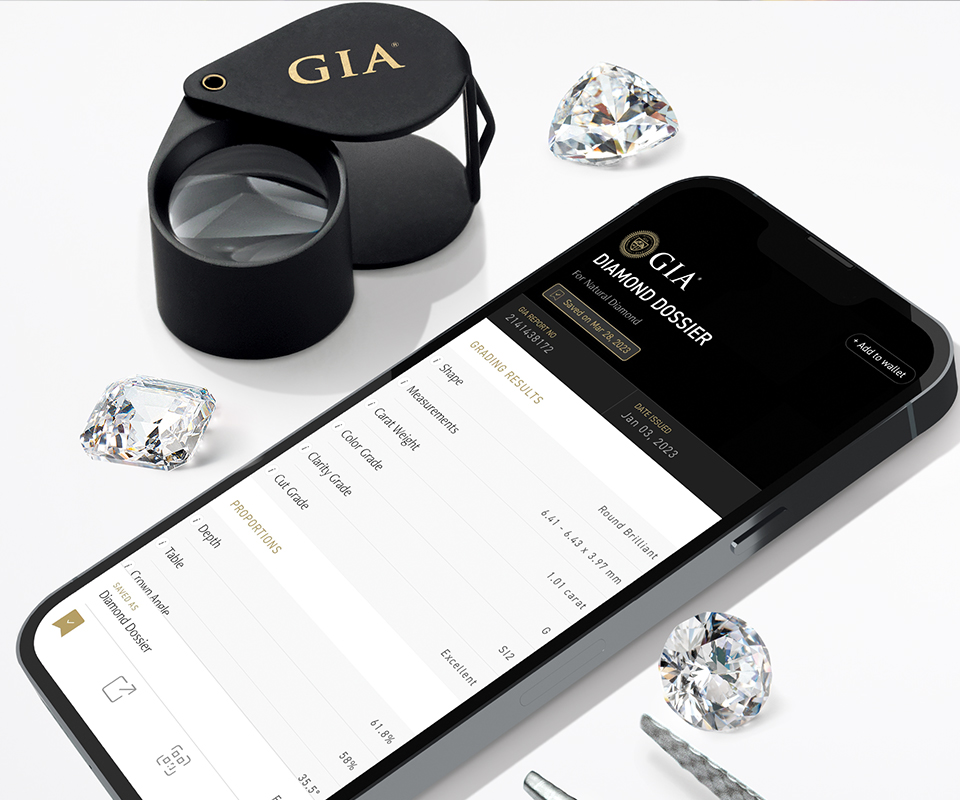

Understanding the science of beauty.
The beauty of a diamond can be most accurately evaluated through the 4Cs. Cut. Color. Clarity. Carat weight. Originally coined by GIA founder, Robert M. Shipley, the 4Cs ensure the most accurate diamond evaluation possible, taking into account everything from sparkle to size.
Cut: The proportion, shape and arrangement of facets that determine a diamond’s brilliance, sparkle, and fire.
Color: The presence or absence of color in a diamond.
Clarity: The amount, size, and location of inclusions and blemishes.
Carat Weight: The weight measurement of a diamond.
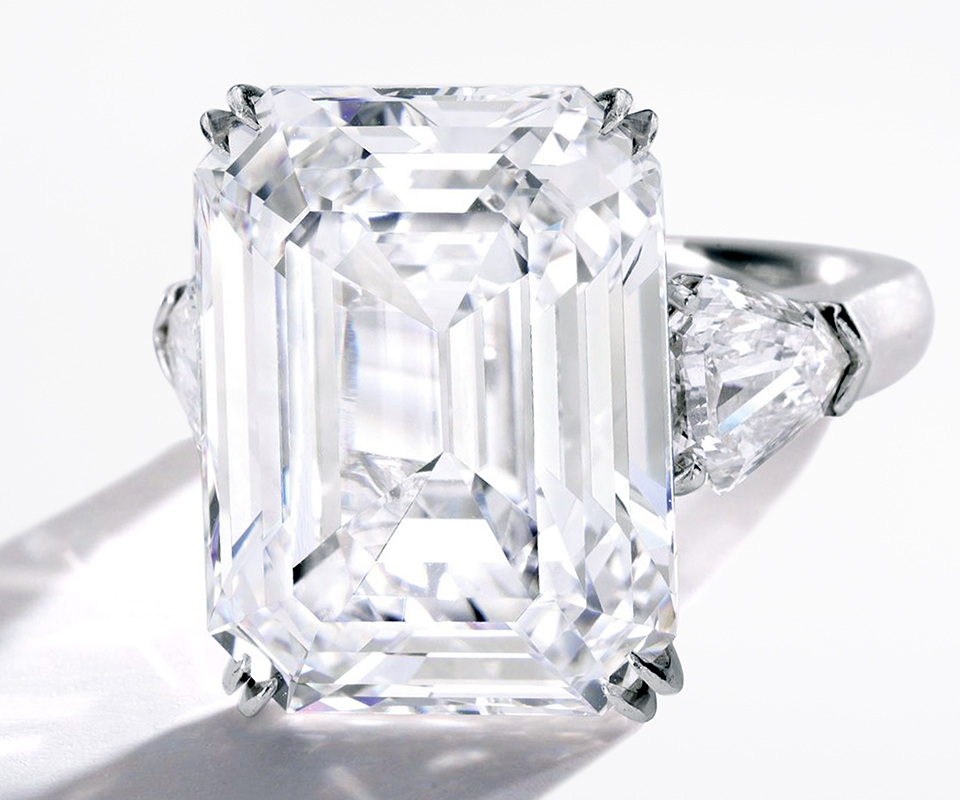
Cut is the easiest C to see.
While all 4Cs are essential to properly evaluate a diamond, for most buyers, cut is one of the most obvious Cs to the untrained eye. Since it determines the brightness, scintillation and fire of the diamond, not only will it most impact the “Awww” of the diamond, but it is most likely to be the first thing someone notices when looking at a diamond.
Cut is also where the artisanal craftsmanship of an expert comes in. Did you know that most people wouldn’t even recognize a rough diamond? It isn’t until a diamond is cut, that the real beauty of a diamond begins to take shape.
With a GIA Diamond Grading Report, you can confidently make your next diamond purchase. With an unbiased diamond evaluation, you’re free to focus on its beauty.
We issue a variety of diamond reports, ranging from the GIA Diamond Dossier® to the GIA Diamond Origin Report. Learn more about our diamond reports.
Your in-person diamond buying checklist:
1. Are you working with an expert jeweler?
Ask your jeweler if they received their training from a reputable program like GIA Graduate Gemologist® (GG) or Applied Jewelry Professional™ (AJP). The GIA Retailer Lookup is a great resource for finding an expert in your area.
2. Have you received a GIA grading report?
Ask your jeweler to provide a GIA report. You can also ask to only see GIA-graded diamonds.
3. Did you evaluate the 4Cs?
Ask your jeweler to explain the 4Cs to you. They should be able to walk you through your diamond purchase, helping you to better understand your options by showing you examples.
4. Did you consider your budget?
Ask your jeweler to show you diamonds in your budget range. It is important to find the best value for your purchase, but understanding the options in your budget is the key to making the best decision.
5. Do you love the diamond?
Ask for options, look at each diamond in different lighting conditions and make sure you choose something that you love. With the unbiased, expert evaluation covered, you’re free to choose with your heart.
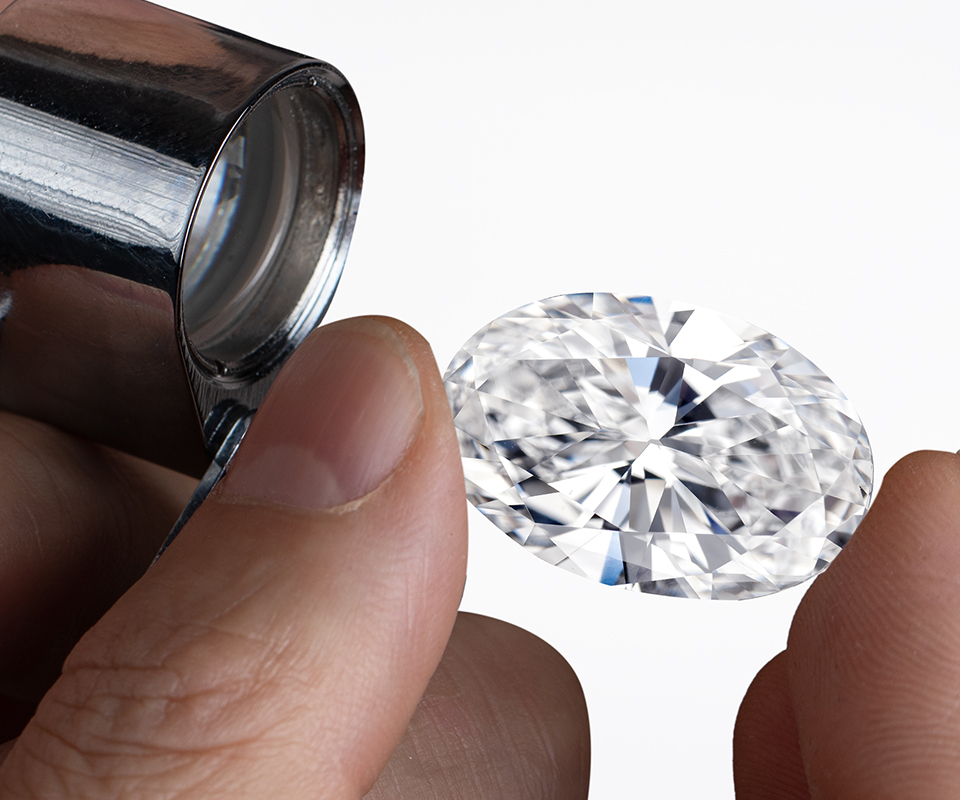

Your in-person diamond buying checklist:
1. Are you working with an expert jeweler?
Ask your jeweler if they received their training from a reputable program like GIA Graduate Gemologist® (GG) or Applied Jewelry Professional™ (AJP). The GIA Retailer Lookup is a great resource for finding an expert in your area.
2. Have you received a GIA grading report?
Ask your jeweler to provide a GIA report. You can also ask to only see GIA-graded diamonds.
3. Did you evaluate the 4Cs?
Ask your jeweler to explain the 4Cs to you. They should be able to walk you through your diamond purchase, helping you to better understand your options by showing you examples.
4. Did you consider your budget?
Ask your jeweler to show you diamonds in your budget range. It is important to find the best value for your purchase, but understanding the options in your budget is the key to making the best decision.
5. Do you love the diamond?
Ask for options, look at each diamond in different lighting conditions and make sure you choose something that you love. With the unbiased, expert evaluation covered, you’re free to choose with your heart.
Buying a diamond online.
Many diamond buyers like to window-shop online. If you plan to purchase through an online retailer, be sure to only browse diamonds with a report from a reputable laboratory like GIA so you can be certain you are receiving an unbiased evaluation, and you can be confident in your purchase.
Remember that every diamond is unique, so two diamonds with identical reports will still appear different. This can make choosing a diamond online difficult. Look for retailers who offer 360° views of their diamonds. Many larger retailers also offer a return policy. Be sure to get all of the information before purchasing online.
Selecting an Engagement Ring
Expertise for engagement rings.
Ring checklist:
- Consider your budget: Set your parameters before your start.
- Ring size: Get your partner’s ring size.
- Style: Ornate, minimalistic, delicate – there is a style for everyone, make sure you know your partner’s.
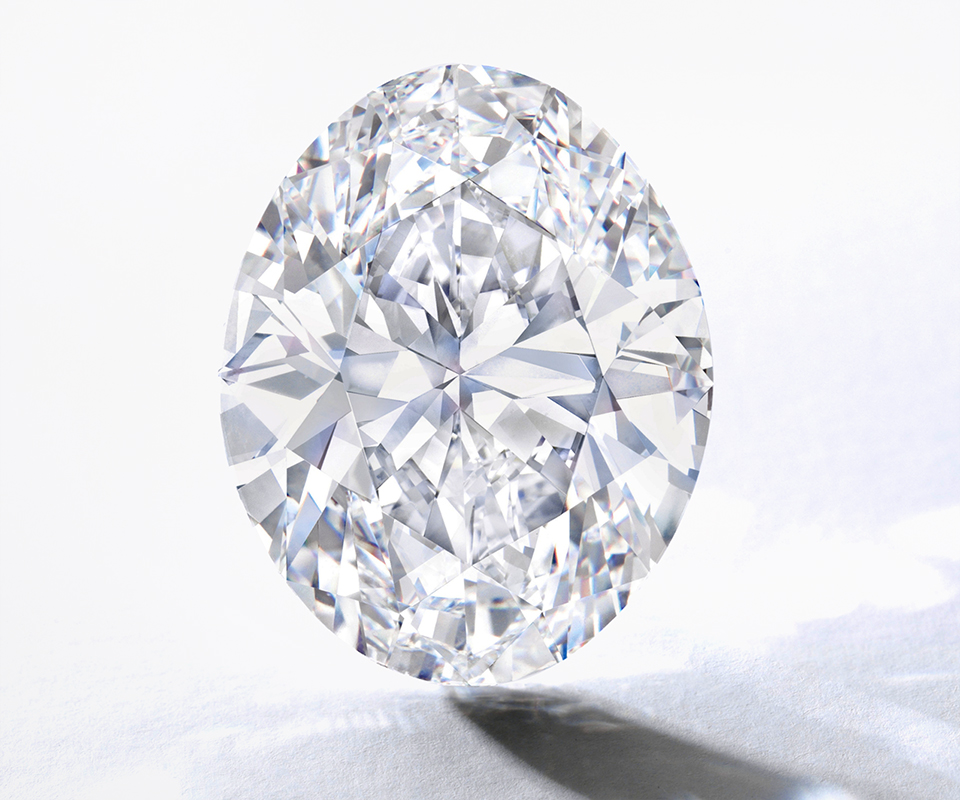
Shine without a setting.
Sometimes people prefer to buy an unset diamond, choosing to have a setting made later with their partner’s input. Not all cuts and shapes are priced equally, so knowing your preferred cut and shape will help your jeweler select the best styles for your budget.
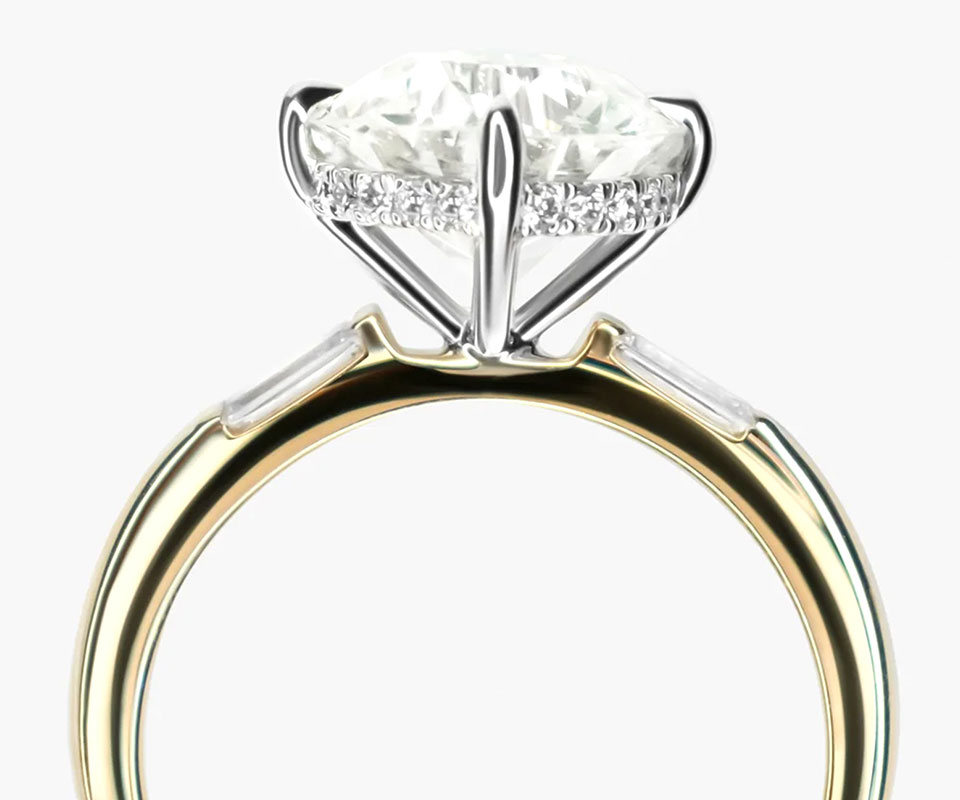
There is a setting for every diamond.
Solitaire: A single stone, prongs allow the diamond to catch the most light.
Sidestones: Diamonds or gemstones flank the main stone for additional sparkle or color.
Three Stone: One diamond for the past, one for the present, and one for the future.
Halo: A single stone surrounded by tiny diamonds to add sparkle and the illusion of greater size.
There is a setting for every diamond.
Solitaire: A single stone, prongs allow the diamond to catch the most light.
Sidestones: Diamonds or gemstones flank the main stone for additional sparkle or color.
Three Stone: One diamond for the past, one for the present, and one for the future.
Halo: A single stone surrounded by tiny diamonds to add sparkle and the illusion of greater size.
Jewelry provided courtesy of The Clear Cut.
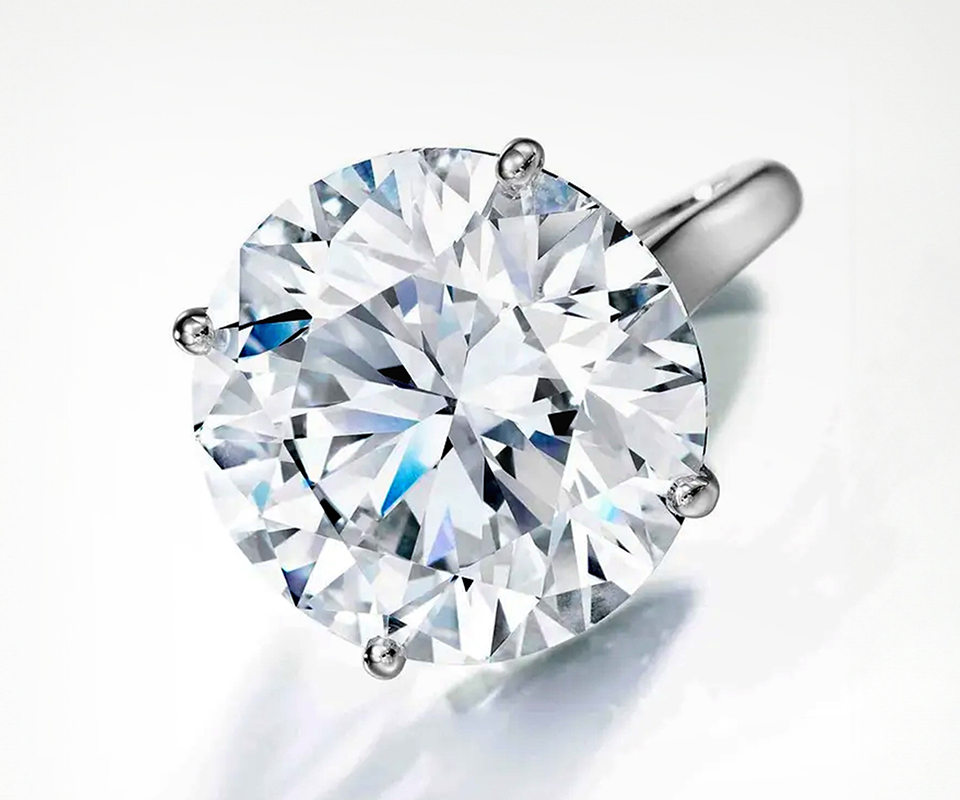
A diamond that rings true.
Ultimately, a diamond engagement ring reflects both your relationship and the person who will be wearing it. Making sure it represents their tastes, style and preferences is the secret to selecting the correct ring. That and being sure to get a GIA graded diamond, so that you can be sure you know exactly what your spouse-to-be will be wearing.
Caring for your Diamond
Once you’ve received your diamond.
After purchasing the diamond of your choice or receiving a diamond as a gift, it is important to make sure that you properly care for and insure your diamond.
Diamonds are tough, but they aren’t indestructible.
Although a diamond’s remarkable hardness makes them resistant to scratches, other diamonds can scratch them. Diamonds can be chipped through impact or come loose in their settings. It is important to store your diamond properly, preferably in the container that your jeweler gives you with your purchase.
Make sure to clean it regularly by wiping it with a lint-free cloth or with warm water, mild soap and a soft toothbrush, or by dipping it briefly in a commercial cleaning solution.
It is also important to have your diamond professionally cleaned by your jeweler and reexamined from time to time. With the right care, your diamond will maintain its beauty and integrity for many lifetimes.
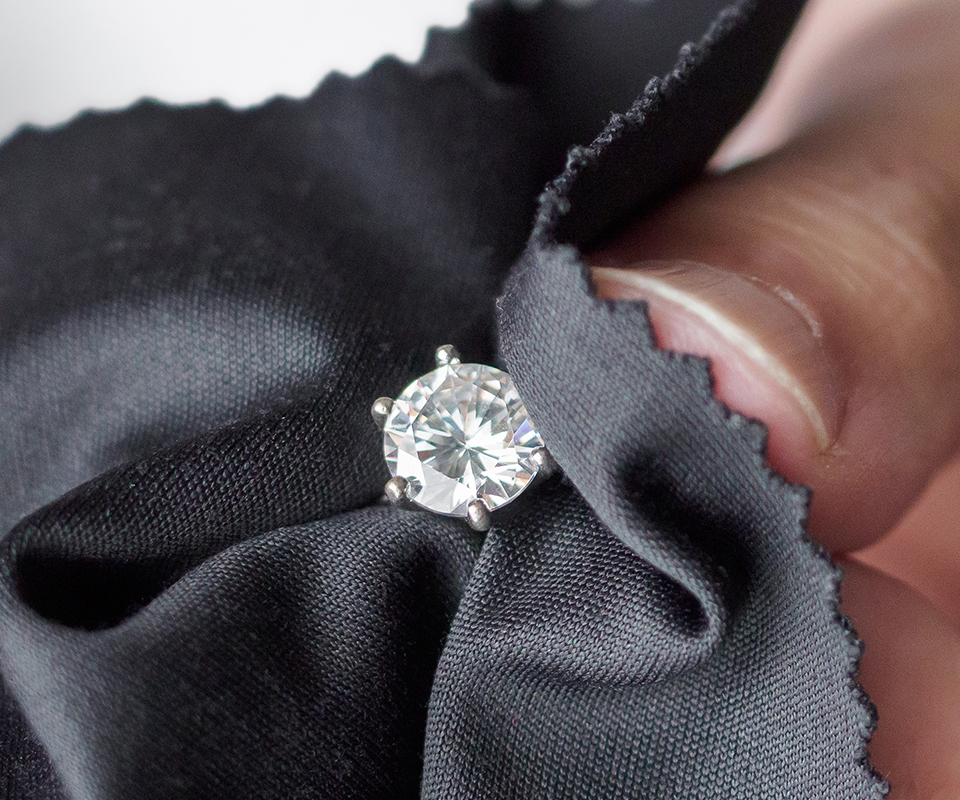

Diamonds are tough, but they aren’t indestructible.
Although a diamond’s remarkable hardness makes them resistant to scratches, other diamonds can scratch them. Diamonds can be chipped through impact or come loose in their settings. It is important to store your diamond properly, preferably in the container that your jeweler gives you with your purchase.
Make sure to clean it regularly by wiping it with a lint-free cloth or with warm water, mild soap and a soft toothbrush, or by dipping it briefly in a commercial cleaning solution.
It is also important to have your diamond professionally cleaned by your jeweler and reexamined from time to time. With the right care, your diamond will maintain its beauty and integrity for many lifetimes.
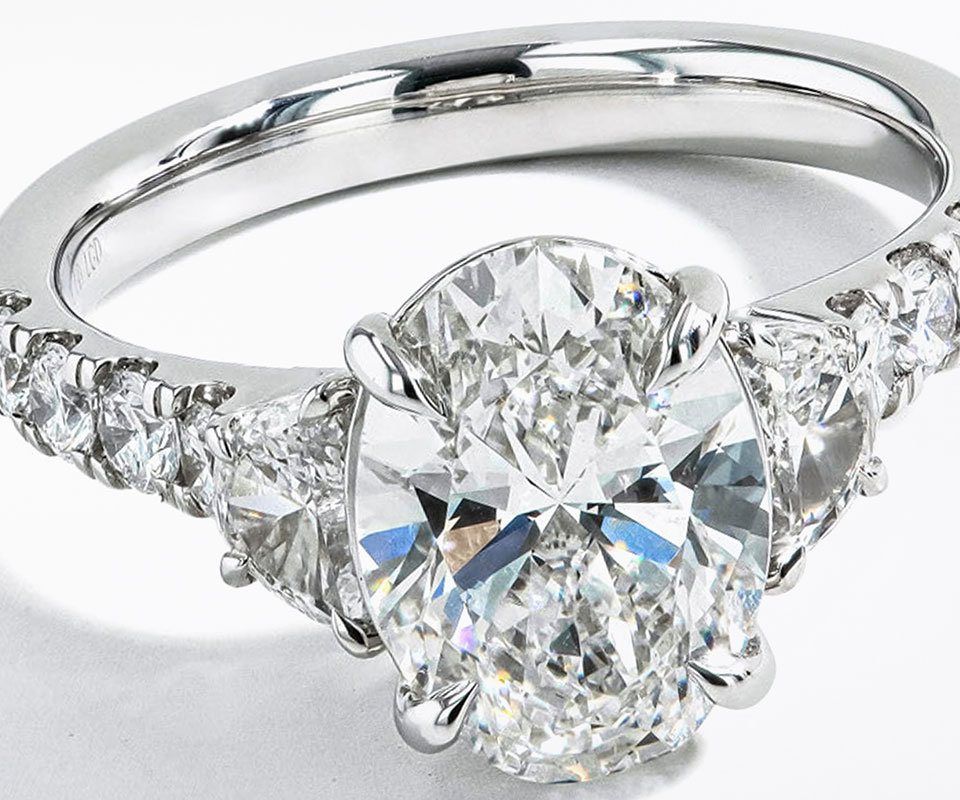
Insurance And Appraisals
Protect your purchase with the right policy.
Homeowner’s and renter’s insurance policies often cover jewelry theft, but not necessarily damage or loss. Be sure to check with your insurer to review your policy. Make sure to verify if your policy covers unset gemstones and antique jewelry. Depending on the value of your collection, you might need additional insurance designed specifically for your jewelry.
Insurance And Appraisals
Protect your purchase with the right policy.
Homeowner’s and renter’s insurance policies often cover jewelry theft, but not necessarily damage or loss. Be sure to check with your insurer to review your policy. Make sure to verify if your policy covers unset gemstones and antique jewelry. Depending on the value of your collection, you might need additional insurance designed specifically for your jewelry.
Photo courtesy of J.R. Dunn.
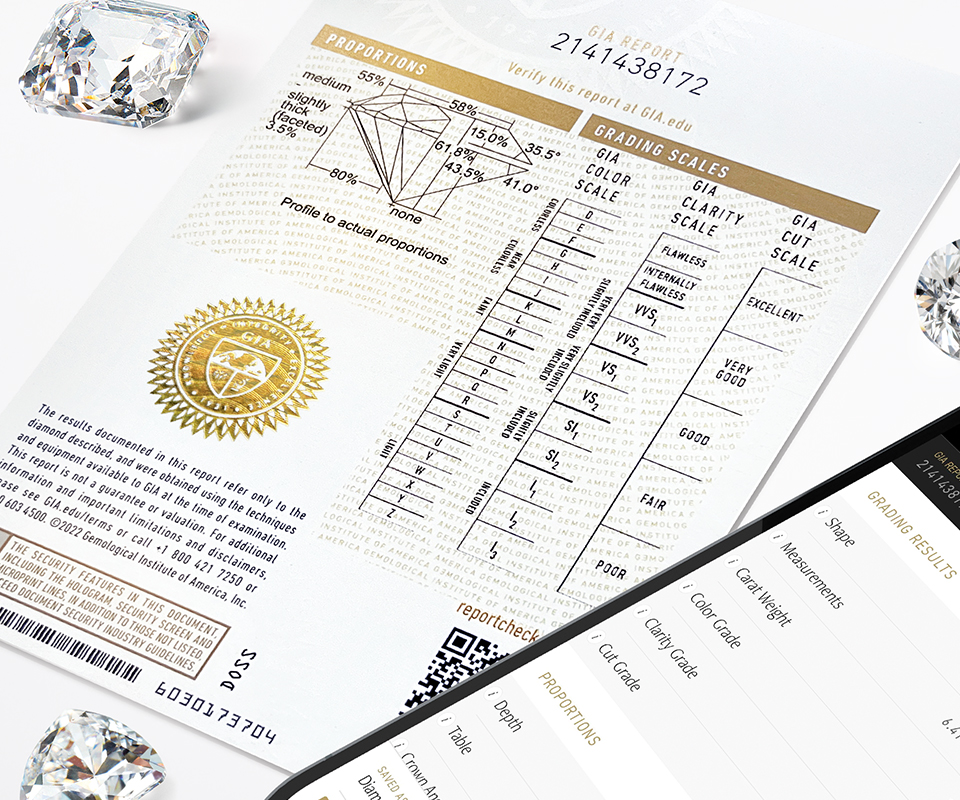
Insurance starts with appraisal.
Insurance requires appraisal. But an appraisal is also important for future upgrades or possible resale.
As a nonprofit, we are unable to recommend an individual appraiser, however there are several appraisal associations and networks that can help you locate one in your area. These are national associations that have members all over the country, and many require that their appraisers have a GIA Graduate Gemologist® (GG) diploma from GIA in addition to supplemental appraisal training.
Diamond Flourescene
Illuminating fluorescence.
Fluorescence is the visible light some diamonds emit when exposed to ultraviolet (UV) rays.
The strength and intensity of a diamond’s reaction to long-wave UV light is referred to as fluorescence. Did you know that 25% to 35% of the diamonds submitted to GIA exhibit some fluorescence, but only 10% of those show enough fluorescence to impact appearance? In more than 95% of the diamonds that exhibit fluorescence, the color seen is blue. In rare instances, the reaction is yellow, white or another color.
The light emitted from the diamond lasts as long as the diamond is exposed to the UV light. A diamond with strong fluorescence may produce more contrast. A strongly fluorescing diamond that contains nano-inclusions may appear hazy or oily. Fewer than 0.2% of the fluorescent diamonds we see exhibit that appearance. Fluorescence isn’t bad for a diamond, but it is important to know the fluorescence of your diamond before making your purchase.
Every GIA Diamond Grading Report includes a fluorescence evaluation.
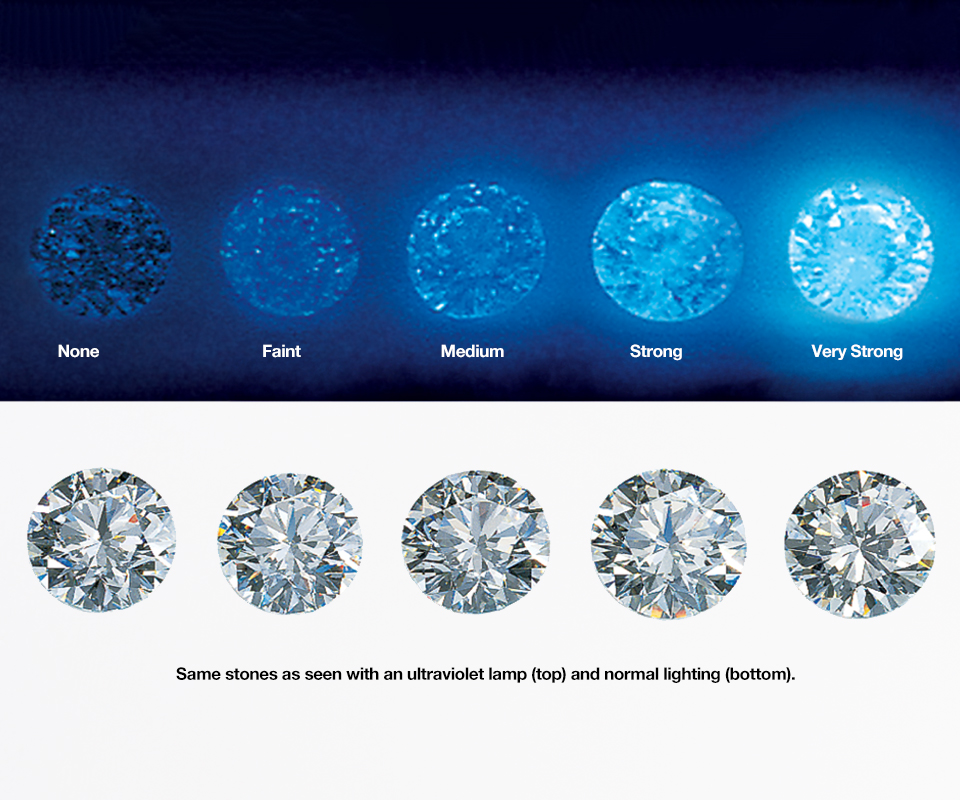

Diamond Flourescene
Illuminating fluorescence.
Fluorescence: The visible light some diamonds emit when exposed to ultraviolet (UV) rays.
Fluorescence is the visible light some diamonds emit when exposed to ultraviolet (UV) rays.
The strength and intensity of a diamond’s reaction to long-wave UV light is referred to as fluorescence. Did you know that 25% to 35% of the diamonds submitted to GIA exhibit some fluorescence, but only 10% of those show enough fluorescence to impact appearance? In more than 95% of the diamonds that exhibit fluorescence, the color seen is blue. In rare instances, the reaction is yellow, white or another color.
The light emitted from the diamond lasts as long as the diamond is exposed to the UV light. A diamond with strong fluorescence may produce more contrast. A strongly fluorescing diamond that contains nano-inclusions may appear hazy or oily. Fewer than 0.2% of the fluorescent diamonds we see exhibit that appearance. Fluorescence isn’t bad for a diamond, but it is important to know the fluorescence of your diamond before making your purchase.
Every GIA Diamond Grading Report includes a fluorescence evaluation.
The light emitted from the diamond lasts as long as the diamond is exposed to the UV light. A diamond with strong fluorescence may produce more contrast. A strongly fluorescing diamond that contains nano-inclusions may appear hazy or oily. Fewer than 0.2% of the fluorescent diamonds we see exhibit that appearance. Fluorescence isn’t bad for a diamond, but it is important to know the fluorescence of your diamond before making your purchase.
Expertise at your fingertips.
You don’t need to be a gemologist to purchase a diamond with confidence. You just need to know where to find one.
GIA is the trusted benchmark for diamond grading. Download the GIA App now to learn more about the 4Cs and look up GIA reports.
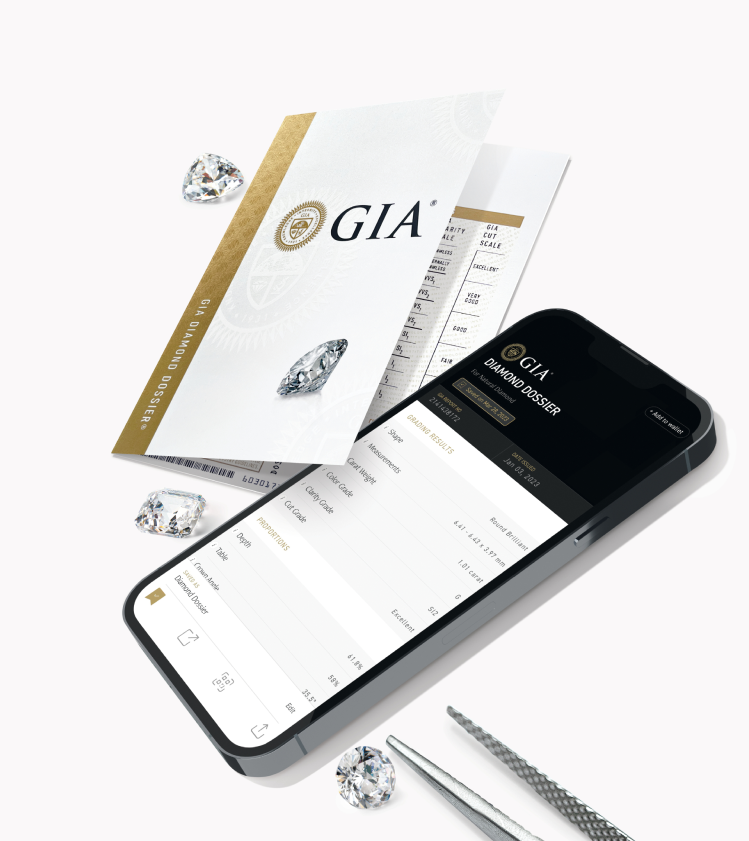

Expertise at your fingertips.
You don’t need to be a gemologist to purchase a diamond with confidence. You just need to know where to find one.
GIA is the trusted benchmark for diamond grading. Download the GIA App now to learn more about the 4Cs and look up GIA reports.
Expertise at your
fingertips.
You don’t need to be a gemologist to purchase a diamond with confidence. You just need to know where to find one.
GIA is the trusted benchmark for diamond grading. Download the GIA App now to learn more about the 4Cs and look up GIA reports.
GIA Report Check
Access your GIA Grading Report results using your GIA report number.